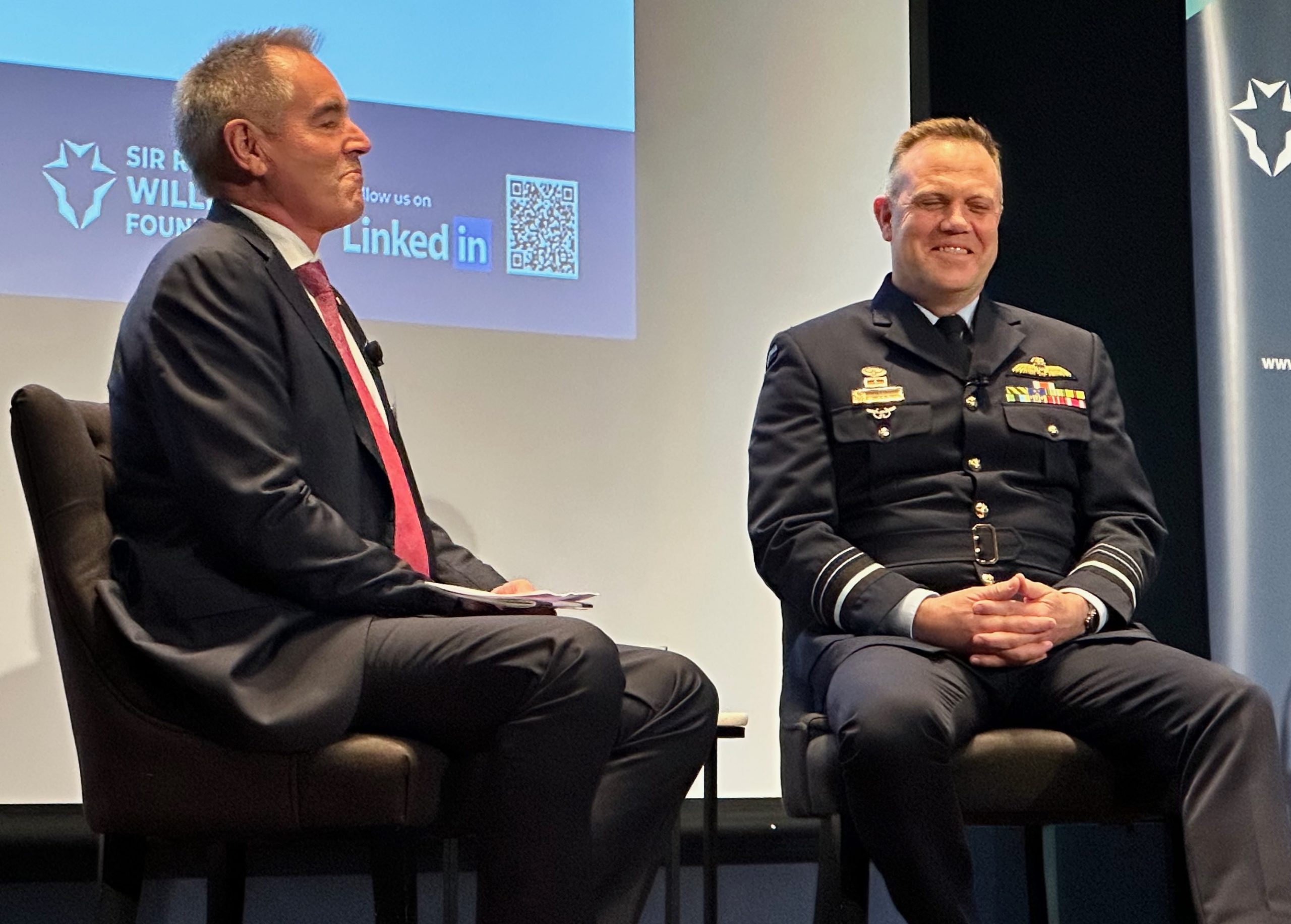The Sir Richard Williams Foundation Seminar, May 22, 2025
The Sir Richard Williams Foundation seminar held on May 22, 2025, at the National Gallery of Australia in Canberra examined the critical challenge of achieving cost effectiveness in multi-domain military operations. The event addressed how Australia can “build and maintain military forces that are both affordable and effective in an era where traditional strategic assumptions no longer apply”
Key Strategic Context
The seminar was framed by several critical strategic realities:
Deteriorating Global Order: Air Chief Marshal (Retd) Mark Binskin emphasized that “the global rules-based order that we’ve relied on and benefited from for many decades is now gone” and is transitioning from rule of law to “rule of strength and rule of threat”
Immediate Threat Timeline: Rather than planning for 2040, the emphasis was on preparing for conflicts that could occur within the next five years, requiring a focus on enhancing current “fight tonight” capabilities.
Major Themes and Recommendations
- Ready Force vs. Future Force Gap
The report identifies a critical gap between Australia’s current operational capabilities and promised future systems. Key recommendations include:
- Maximizing existing platform capabilities through focused upgrades
- Developing autonomous systems as force multipliers rather than replacements
- Building sustainable logistics and domestic weapons production
- Cost-Effectiveness Challenges
Several speakers highlighted concerning trends:
- Budget Allocation Issues: Of Australia’s $50.3 billion defense spending increase, all but $1 billion goes to just two maritime programs (nuclear submarines and frigates)
- Unsustainable Cost Trajectories: Examples like the $27 billion for three Hunter-class frigates demonstrate poor cost-effectiveness
- Force Exchange Ratios: The Houthis forcing expensive U.S. missile expenditures illustrates asymmetric cost disadvantages
- Capability Priorities
Air Power Modernization:
- $1.8 billion investment in advanced strike weapons (200 LRASM, 80 JASSM-ER missiles)
- Focus on integrated air and missile defense
- Enhanced aerial refueling capabilities
Non-Kinetic Capabilities:
- Electronic warfare and counter-targeting systems
- Information operations integration
- Cyber and space domain protection
- Industry and Procurement Reform
The industry panel identified critical procurement issues:
- Complex tender processes that discourage innovation
- Need for earlier engagement between defense and industry
- Streamlined evaluation processes
- Emphasis on “good enough on time” rather than “perfect but late”
- Training and Personnel
- RAAF has grown by 685 personnel (largest since 1998) with only 6.9% separation rate
- Need for increased flight hours and realistic training scenarios
- Cross-training for operational flexibility
Strategic Recommendations
The report concludes with several key principles:
- Integration Over Independence: Modern military effects require seamless coordination across domains
- People as Foundation: Technology amplifies but doesn’t replace skilled personnel
- Strategic Patience with Tactical Urgency: Maintain readiness while building future capabilities
- Alliance Integration: Deeper cooperation with allies
Critical Warnings
Multiple speakers emphasized that:
- Current capability development timelines may be too slow for the strategic environment
- Australia faces potential “swamping” by adversaries who understand cost-effectiveness better
- The luxury of gradual capability transitions may no longer exist
- Success depends on making hard choices about priorities while there’s still time
The seminar ultimately framed cost-effectiveness not just as a budgetary concern, but as a fundamental requirement for credible deterrence and national security in an increasingly contested strategic environment.

